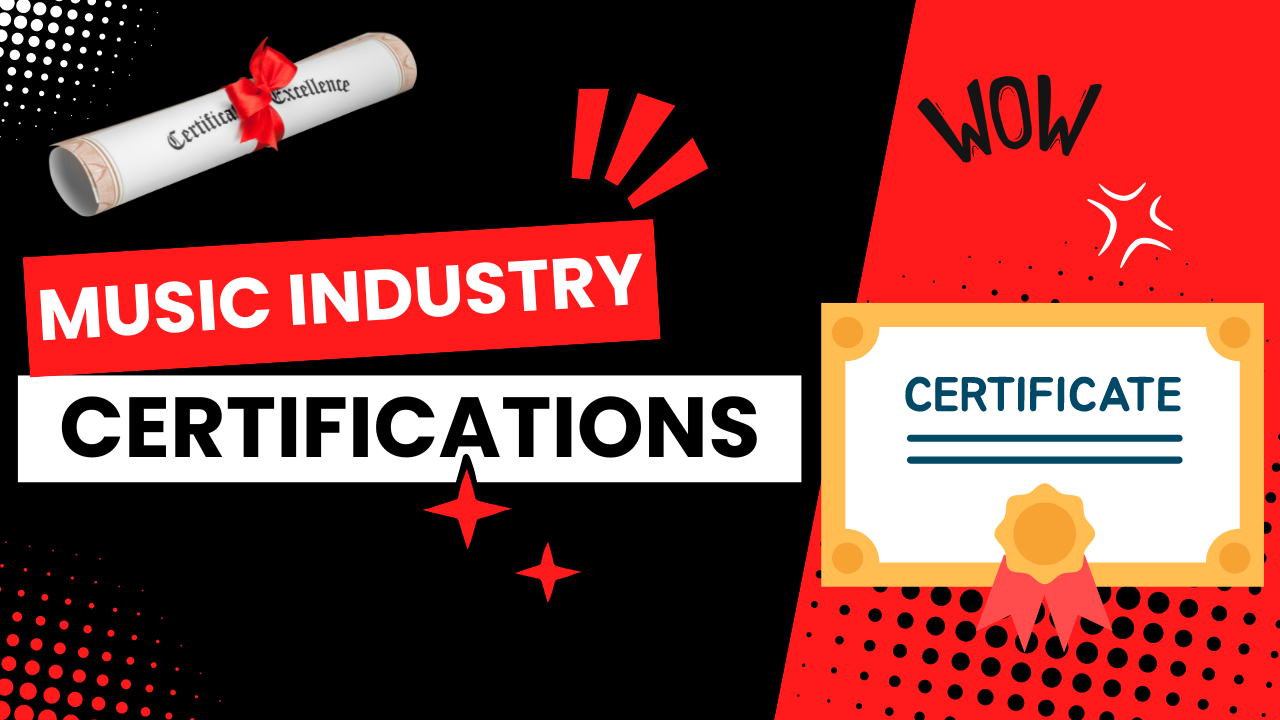From Gold to Diamond: Understanding Music Industry Certifications

The journey from Gold to Diamond certification in the music industry is a reflection of an artist’s commercial success and cultural impact. These certifications, often awarded by organizations like the Recording Industry Association of America (RIAA), the British Phonographic Industry (BPI), and others, signify milestones in sales, streams, and public resonance. In this article, we delve into the intricacies of these certifications, how they are achieved, and their evolving significance in the modern music industry.
Understanding Certification Levels
Certification levels represent the cumulative sales and streaming milestones achieved by an artist’s music. These levels vary across countries, but the fundamental idea remains consistent:
- Gold Certification: Indicates the first major sales milestone. In the United States, an album or single must sell 500,000 units to achieve Gold status.
- Platinum Certification: Represents a significant leap, with 1,000,000 units sold or streamed.
- Diamond Certification: The pinnacle of success, requiring 10,000,000 units in sales or equivalent streams in the U.S.
Each level symbolizes a deeper penetration into mainstream culture, with Diamond certification standing as a rare achievement that only a select few artists reach.
How Certifications Are Measured
In the past, certifications were based solely on physical album or single sales. However, with the advent of digital downloads and streaming, the certification process has evolved:
- Sales: Traditional metrics of physical and digital album/single sales still play a role in certifications.
- Streaming Equivalents: In the modern era, streaming numbers are converted into sales equivalents. For instance, the RIAA considers 1,500 on-demand audio or video streams equivalent to one album sale.
- Bundling: In some cases, albums sold as part of ticket bundles for concerts or other promotional activities can count toward certifications, provided they meet specific criteria.
This multi-faceted measurement ensures that the certification process adapts to changing consumer behavior and technology.
The Journey to Gold
Reaching Gold certification is often an artist’s first major milestone. It signifies that their music resonates with a broad audience. For emerging artists, Gold certification can be a career-defining moment, serving as validation for their artistry and efforts.
Case Study: Billie Eilish
When Billie Eilish’s debut single “Ocean Eyes” was certified Gold, it marked her entry into mainstream recognition. This achievement created momentum for her subsequent releases, proving that Gold certification is often a springboard for future success.
Platinum: The Gateway to Stardom
Platinum certification represents a level of success that distinguishes a music project as a bona fide hit. It suggests not only commercial success but also cultural relevance. Songs or albums that reach Platinum status often dominate charts, influence trends, and become part of the collective consciousness.
The Role of Streaming
Streaming platforms like Spotify, Apple Music, and YouTube have significantly contributed to the rise in Platinum certifications. In 2020, Lil Nas X’s “Old Town Road” became the fastest song to achieve Platinum status, thanks largely to its viral success on platforms like TikTok and streaming services.
Diamond Certification: The Ultimate Achievement
Diamond certification is the zenith of an artist’s commercial success. It’s a rare accomplishment that often signifies a long-lasting cultural impact. In the U.S., fewer than 100 singles and albums have achieved Diamond status, making it one of the most coveted accolades in the industry.
Iconic Diamond-Certified Songs
- “Candle in the Wind” by Elton John: This tribute to Princess Diana remains one of the best-selling singles of all time.
- “Despacito” by Luis Fonsi and Daddy Yankee: With its global appeal, this track set streaming records and became an international phenomenon.
- “Shape of You” by Ed Sheeran: A modern example of how global streaming audiences contribute to Diamond-level success.
The Evolving Landscape of Certifications
The rise of digital music consumption has transformed the certification landscape. While physical album sales once dominated, the incorporation of streaming metrics has democratized the process, allowing independent and international artists to compete with major label-backed acts.
Challenges in the Streaming Era
Critics argue that streaming has diluted the prestige of certifications. With lower barriers to entry for listeners, some believe that achieving certifications is now easier than it was in the physical sales era. However, proponents highlight how streaming levels the playing field, allowing diverse voices to reach global audiences.
Cultural Significance of Certifications
Music certifications are more than just numbers—they are markers of cultural relevance. They often reflect broader societal trends and shifts in music consumption habits. For example:
- The resurgence of vinyl in recent years has contributed to physical sales for certifications.
- Viral trends on platforms like TikTok have boosted certifications for older songs, such as Fleetwood Mac’s “Dreams”, which charted again decades after its release.
Marketing Power of Certifications
Certifications also play a critical role in marketing and branding. Artists and labels often use Gold, Platinum, and Diamond accolades in promotional campaigns to validate their success and attract new fans. For instance:
- Concert tours are often advertised with certifications to draw larger audiences.
- Certified hits are frequently featured in commercials, movies, and TV shows, further solidifying their cultural impact.
The Emotional Impact on Artists
For many artists, certifications symbolize the culmination of hard work, creativity, and perseverance. Diamond certification, in particular, is seen as a career-defining moment that places artists in an elite group.
Quote from Adele
“When you see your work recognized in such a way, it’s like the world is saying, ‘We hear you.’” – Adele, reflecting on the Diamond certification of her album “21.”
Conclusion
The journey from Gold to Diamond certification is more than a measure of sales and streams; it’s a testament to an artist’s ability to connect with audiences on a profound level. As the music industry continues to evolve, certifications will remain a powerful symbol of success, reminding us of the enduring power of music to shape and reflect our world.







